
Street lighting is a crucial aspect of urban planning, ensuring safety, visibility, and aesthetics in both cities and towns. At the heart of these systems are street lamp poles, which not only support lighting fixtures but also contribute to the overall infrastructure and appearance of public spaces. Proper maintenance of these poles ensures they remain durable, safe, and functional for many years. Neglecting their upkeep can lead to structural damage, electrical hazards, and costly replacements, making proactive care essential.
Conduct Regular Inspections
The first step in maintaining street lamp poles is regular inspection. Visual checks help identify early signs of wear and tear, such as rust, cracks, loose bolts, or leaning. Scheduled inspections should occur at least twice a year, with additional checks following severe weather events like storms or heavy snowfall. Detecting issues early allows maintenance teams to take corrective measures before minor problems escalate into significant safety hazards.
Address Corrosion Promptly
Many lamp poles are constructed from metals like steel or aluminum, which are susceptible to corrosion over time. Exposure to rain, humidity, and road salts can accelerate rusting, compromising structural integrity. Maintenance teams should monitor for discoloration, flaking paint, or visible rust spots. Applying protective coatings or anti-rust paints and performing regular cleaning can prevent corrosion. Galvanization and specialized coatings provide an extra layer of protection, especially in areas with harsh weather conditions or high pollution levels.
Check Structural Stability
Street lamp poles must remain structurally sound to prevent accidents. Inspecting the pole’s base, bolts, and anchor points ensures that the entire structure is stable. Over time, environmental stress, traffic vibrations, or accidental impacts may weaken the pole, causing tilts or cracks. Structural assessments should also examine welds and joints for any signs of fatigue. Any indication of bending, warping, or instability should be addressed immediately to prevent the pole from collapsing.
Maintain Electrical Components
A street lamp pole’s effectiveness relies heavily on the electrical systems it supports. Faulty wiring, loose connections, or worn-out fixtures can lead to outages or safety hazards. Regular electrical inspections help ensure that all components, including junction boxes, grounding wires, and light fixtures, function correctly. Replacing worn or outdated elements maintains performance, reduces fire risks, and keeps the lighting consistent for pedestrians and drivers.
Clean and Preserve Aesthetic Appeal
Street lamp poles contribute to the visual appeal of streets and public areas. Dirt, grime, bird droppings, and graffiti can make poles look neglected and accelerate material wear. Periodic cleaning using mild detergents or safe pressure washing helps maintain both appearance and longevity. Additionally, repainting poles every few years with high-quality, UV-resistant paint not only enhances aesthetics but also provides protection against environmental damage.
Upgrade Lighting Fixtures
While the pole itself is essential, the light fixtures mounted on it are equally important. Upgrading to energy-efficient LED lights reduces energy consumption, provides better illumination, and reduces maintenance frequency due to longer-lasting bulbs. Proper fixture alignment ensures optimal light distribution and minimizes uneven stress on the pole, preventing premature wear or structural strain.
Record Keeping and Maintenance Logs
Keeping detailed records of inspections, repairs, and replacements is critical for long-term upkeep. Logs should include the date of inspection, identified issues, corrective measures taken, and any planned future maintenance. This documentation allows maintenance teams to track the condition of each pole systematically, plan for preventive actions, and allocate budgets efficiently for repairs or replacements.
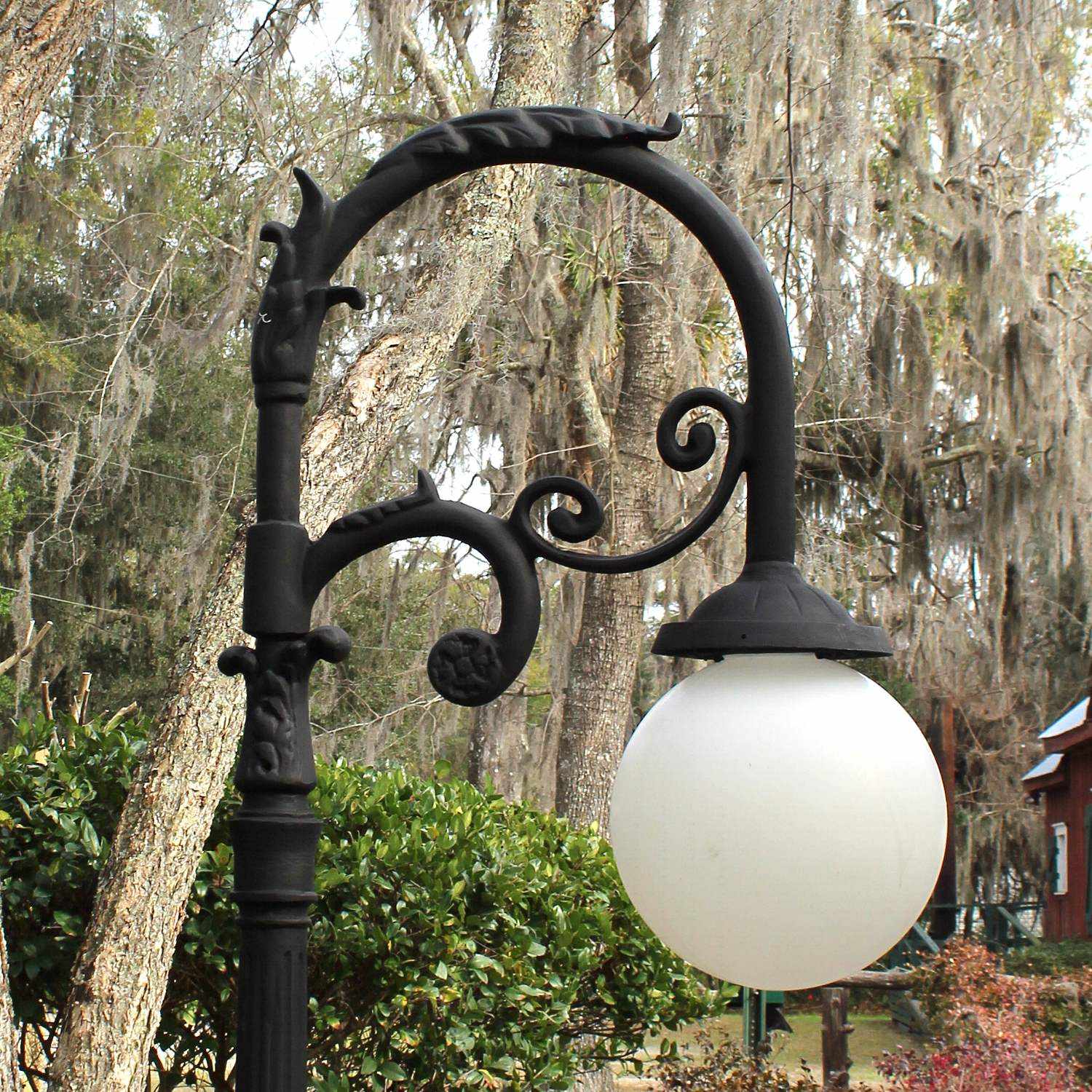
Community Involvement
Communities can play a supportive role in maintaining street lamp poles. Residents can report damaged or leaning poles, faulty lights, or other hazards, enabling quicker responses from maintenance teams. Public awareness campaigns and community participation contribute to safer and well-maintained streets, creating a shared responsibility for infrastructure upkeep.
Conclusion
Street lamp poles are vital components of urban infrastructure, providing safety, visibility, and aesthetic appeal to streets and public spaces. Their durability depends on proactive and consistent maintenance, which includes regular inspections, corrosion control, structural assessments, electrical upkeep, and cleaning. By considering environmental factors, upgrading fixtures, and keeping detailed records, communities can ensure that these essential structures remain safe and functional for years. Thoughtful care of lamp poles not only extends their lifespan but also enhances the overall quality of urban life, making streets safer, brighter, and more visually appealing for everyone.

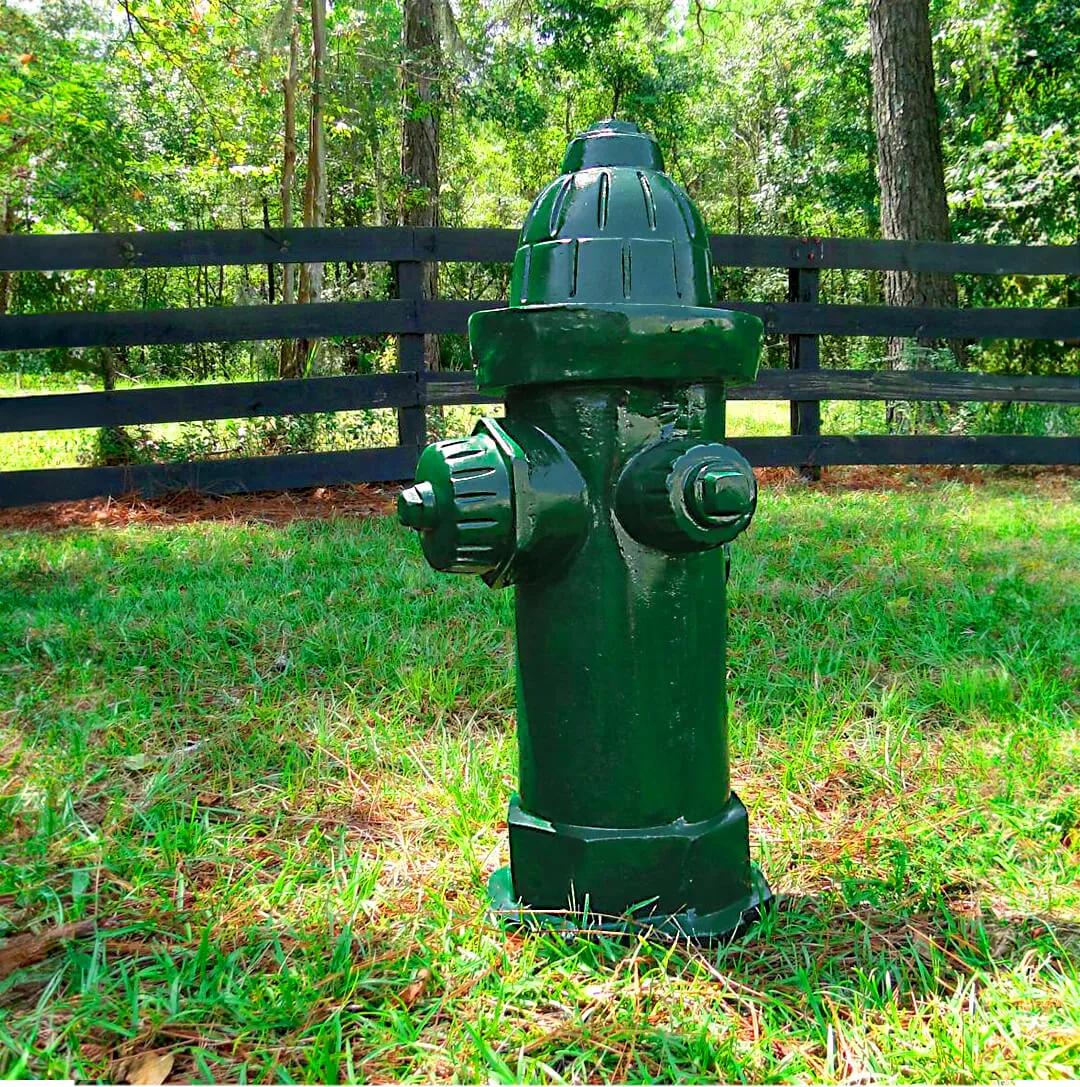
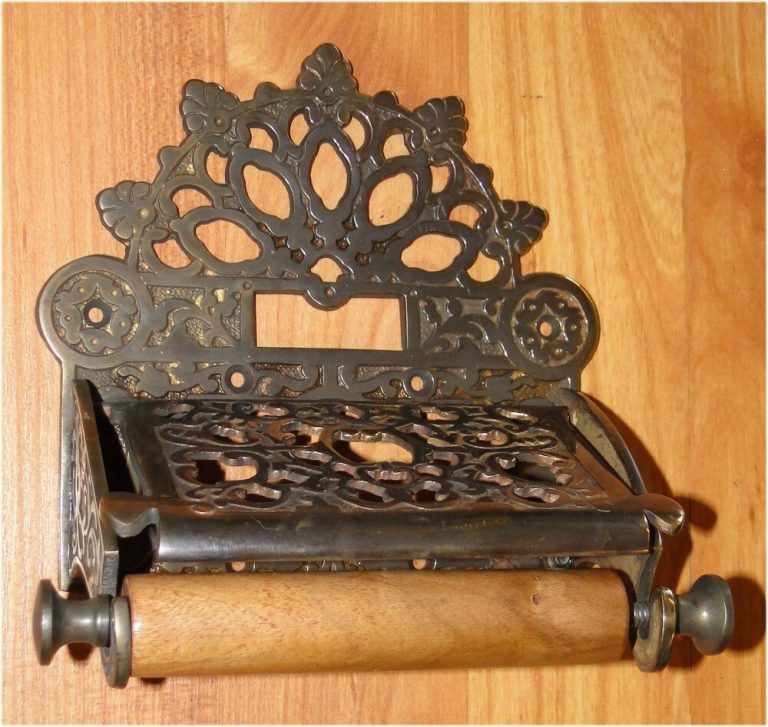


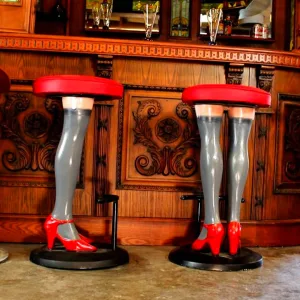


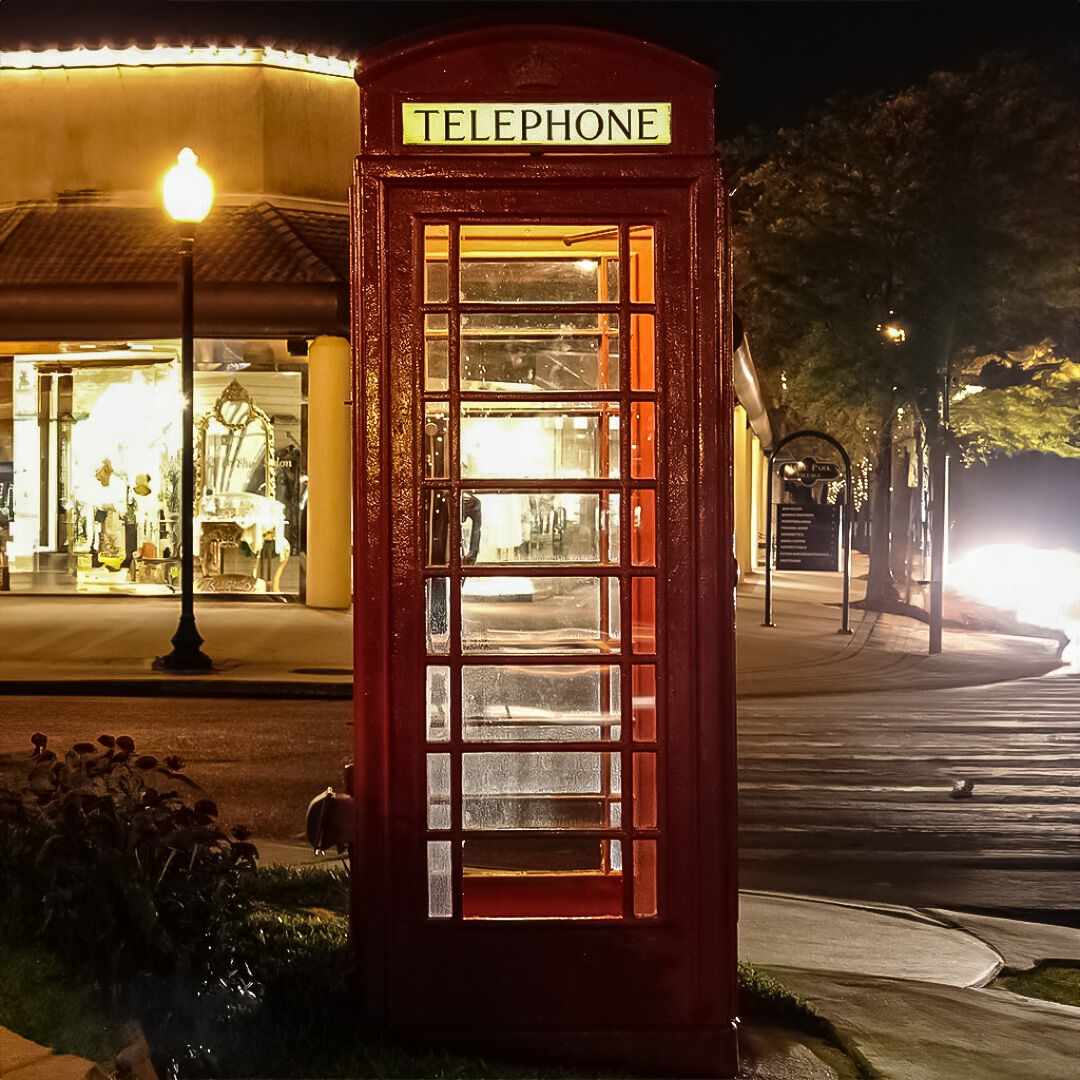
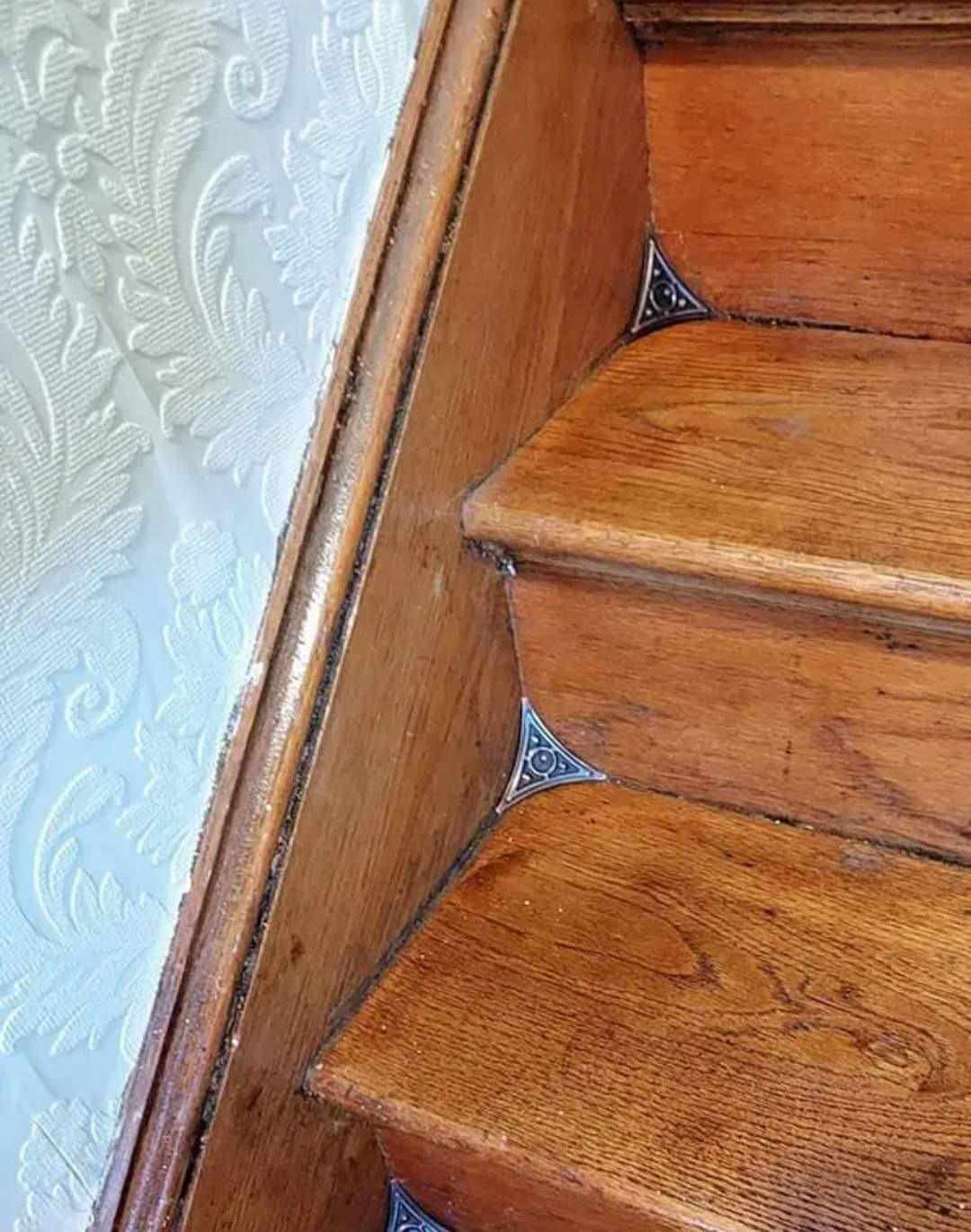
Write a comment ...